Achi news desk-
The emissions-reducing potential of alternative proteins may just save our planetary bacon. But where does fake fish fit into the mix?
The sight of lab-coated technicians operating shiny steel pits takes some getting used to. It is very far from chicken farms and industrial slaughterhouses. This is cellular agriculture; Farming on a microscopic scale, cultivating cells instead of animals. And maybe also the future of how the world gets its protein.
Against the backdrop of growing concern around the ethics, emissions, health and land use when it comes to raising animals, interest in proteins grown in the laboratory is growing.
Lab-cultured meat appears to be reaching its tipping point, and with animals accounting for over a third of food production’s share of global greenhouse gas emissions, it may be a vital ally in keeping the net-zero dream alive.
One innovator riding the wave of the burgeoning cultured meat and seafood sector is Kari Chan, founder of Singapore. Avant meats. Turning her entrepreneurial mindset to the pressing issue of feeding the planet’s nearly 8 billion sustainable population, she created the world’s first lab-cultured fish fillet. Chan envisions a day in the not-too-distant future when adding fish to dinner no longer means draining our threatened oceans.
“Traditional ways of meat production are increasingly under constant threat due to climate change and the risk of epidemics,” she says. “Food security is a major concern for many governments, and we offer another solution.”
Mainstream adoption of “alt proteins” such as dairy-free milk in coffee and completely lab-grown cheeseburgers has been identified as an important marker for one Three turning points ‘super leverage’ With the potential to turbocharge Earth’s transition to net zero.
Carrie Chan, founder of Avant Meats and creator of the world’s first fish fillet in laboratory culture
Consumption of meat and dairy products accounts for about 14% of total carbon emissions. The impact of eating fish meanwhile is more deeply related to the detrimental effect it has on the ocean ecosystem.
Chan’s own journey from meat eater to activist began in 2014. She began thinking about lessons she had learned years earlier in school about some of the causes behind famine and hunger: poorly managed land, and crops that might feed humans instead. Cattle and poultry in the back.
“I just eat vegetables,” Chan recalled deciding. “I felt very light after eating and slept better, so I thought it must be doing something good for my body. The more I looked into it, the more it became a one-way journey that led to me not eating any more animal products.”
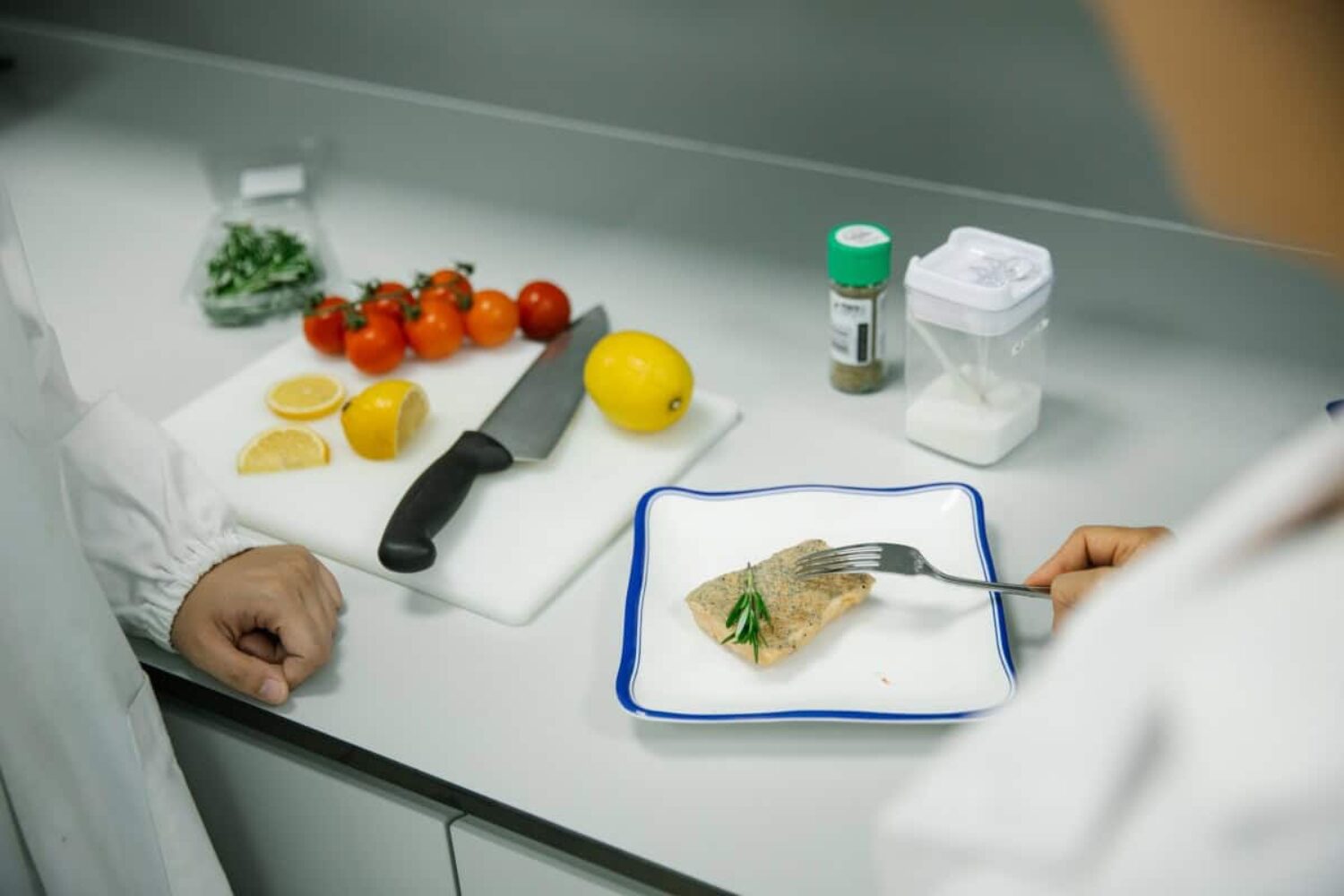
Chan’s choice to prioritize fish was influenced by her upbringing in Hong Kong, where seafood is a dietary staple
In 2018, she abandoned her career in architecture and took a part-time position at the Lever Foundation, a US charity working primarily in Asia to promote alternative proteins. Lever’s investment arm, Lever VC, poured cash into the nascent cultured meat market, which at the time was largely concentrated in the West Chan saw an opportunity to bring it home, and with the help of Lewer’s investment, he founded Avant Meats.
Her decision to focus on fish stems from her upbringing in Hong Kong, where diets are often rich in seafood. Globally, all around 200 million tons of fish and seafood are produced annually in the market worth 676.2 billion dollars (£534bn). Asia accounts for more than 88% of this production, consuming around two-thirds of the total. While some wild skunk comes with a low carbon footprint overall, a third of our fish stocks are now overexploited, and the world’s fishing fleet emits Around 144 million tons of CO2 per year.
Meanwhile global demand for fish protein is on the rise, and aquaculture – farmed fish – is ramping up to keep up. The sector’s rapid growth means it now outstrips the wild catch by 30 million tonnes a year.Although technological advances have improved the sustainability and efficiency of aquaculture, how many farmed species such as tilapia, which are widely farmed in China, can carry A bigger carbon footprint than a chicken.
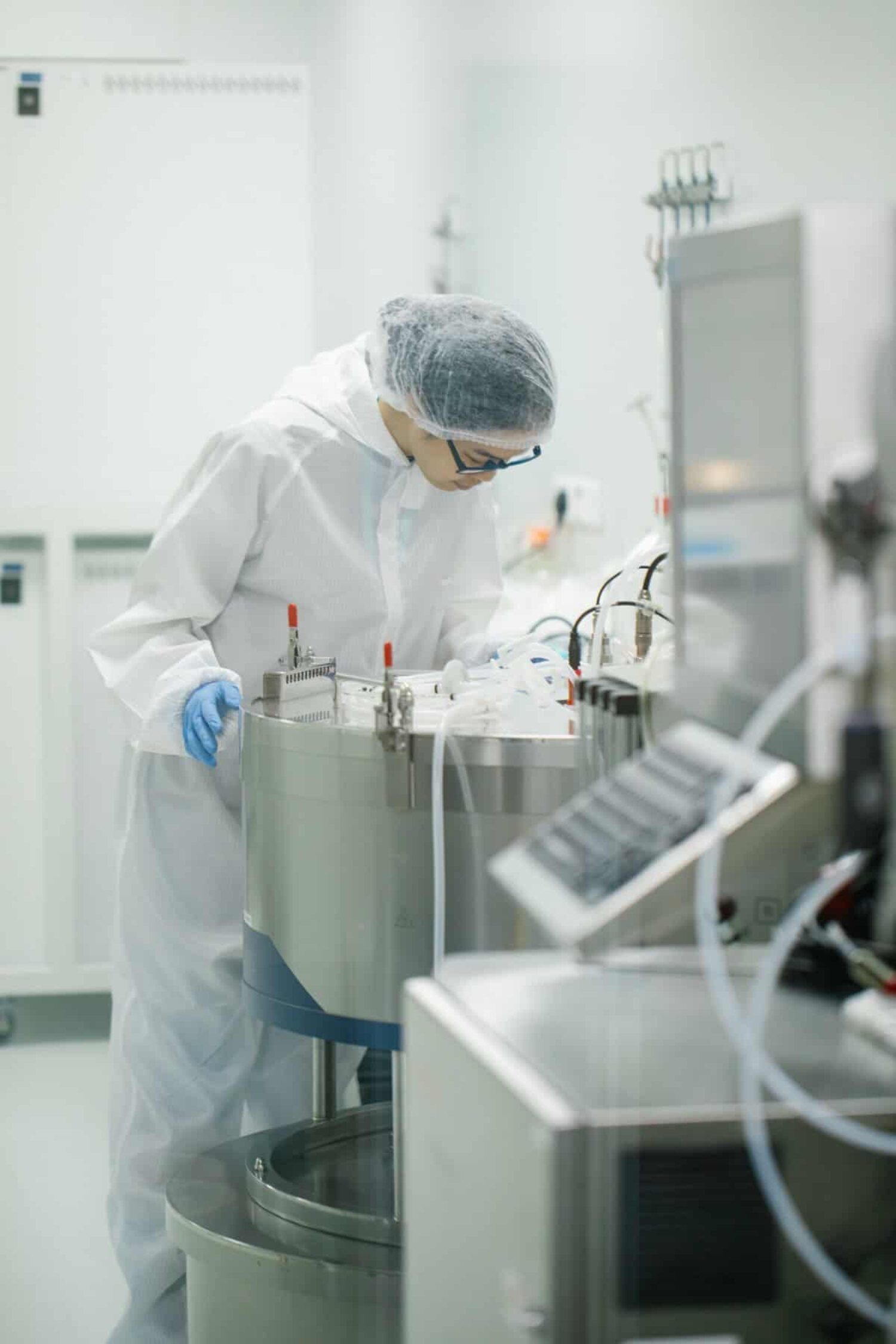
Laboratory culture offers a faster, parasite-free and environmentally friendly alternative to traditional fish farming
Avant Meats begins by harvesting a cell sample from a live fish and growing it for four to six months to build a starter cell culture that can be replicated over and over again.
The starter is stored dormant and frozen for future use, and several million cells are grown at a time by feeding them with nutrients inside a bioreactor. After six weeks, there’s enough cell mass to make an edible product, and since what comes out of Avant Meat’s tanks looks like an unappetizing fish protein dish, it’s mixed with plant-based ingredients to give it shape and texture.
Lab farming is about four times faster than fish farming, and its sterile environment means there are no parasites to worry about, no animal welfare issues, and none of the heavy metals, microplastics or transport-related emissions associated with wild catching. There is no need to transfer the land to grow fish feed, and by licensing Avant Meats’ technology, Chan hopes the seafood supply can be decentralized to meet local needs.
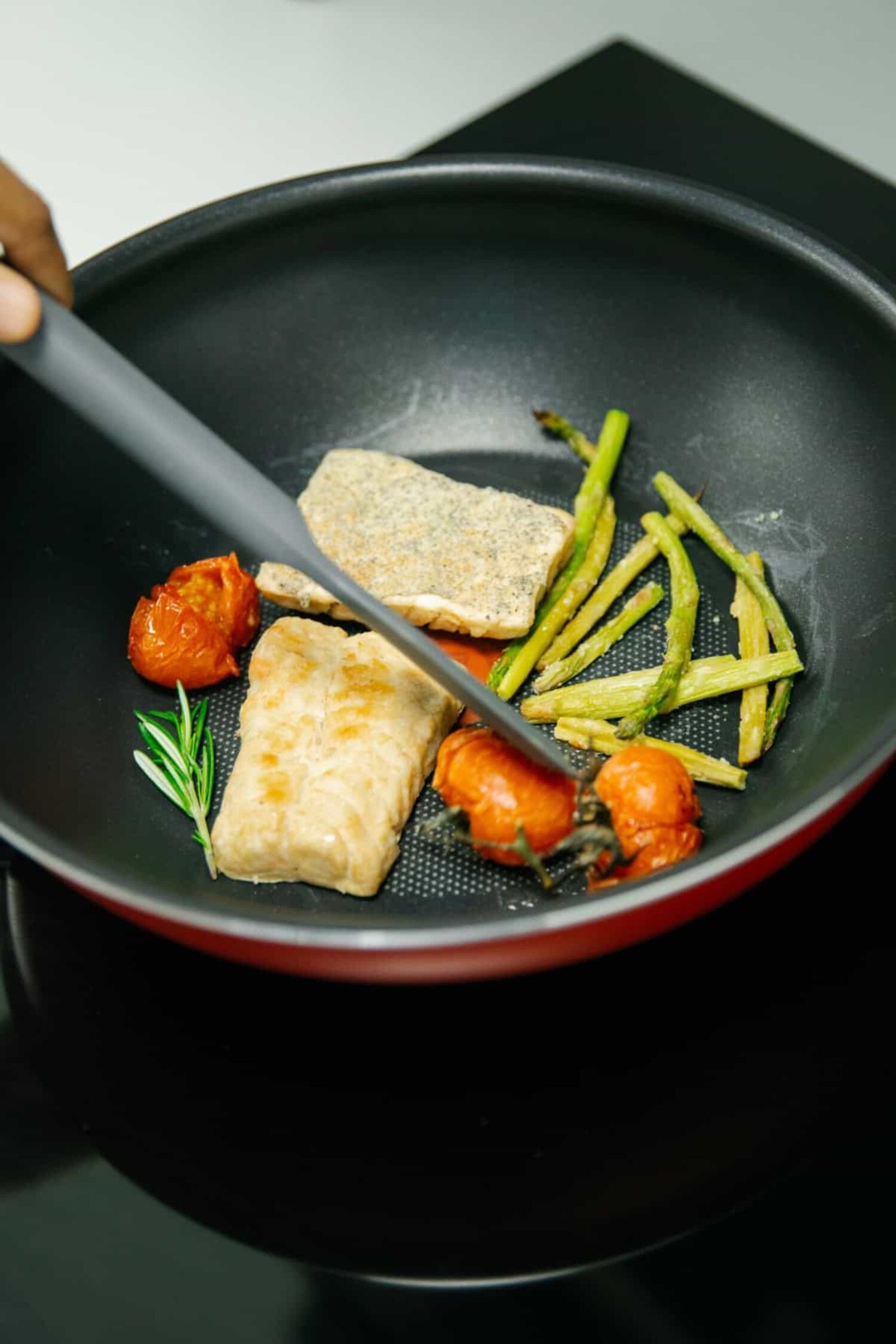
Consumers are still hesitant to embrace lab-grown meat, but Chan believes attitudes will change
Some analysts predicted that cultured meats could compensate 35% of global meat consumption Until 2040. In recent weeks, news about The appearance of a lab-grown eel raised excitement about the potential for millions of people to eat the popular sushi staple without harming the underwater ecosystem. However Research shows that many consumers still chew on the idea of adding lab-grown meat to their menus, with the perception that it’s unnatural or unhealthy is repulsive.
In response, Chan suggests that anyone who feels nervous about the idea of cultured meat might take a look at the contents of their fridge, or what’s on offer at their local pub. A bioreactor is basically just a fancier, more refined version of a fermenter, she points out. “We’ve been using microorganisms to make food for years – it’s no different than making yogurt or beer. At the end of the day, there’s nothing too science fiction about it.”
Still, it may be the end of the decade before the average supermarket shopper gets to wrap their taste buds around a lab-grown fish finger. Although Avant Meats is making steady progress, recently ramping up production and moving to a pilot facility in Singapore, the company and others like it have to navigate an ocean of regulatory red tape. So far, only the US and Singapore have approved some limited cultured meat products for general sale. Meanwhile, today’s high start-up costs, and a final product that is roughly three to five times the price of a conventionally raised organic equivalent, can make investors hesitant.
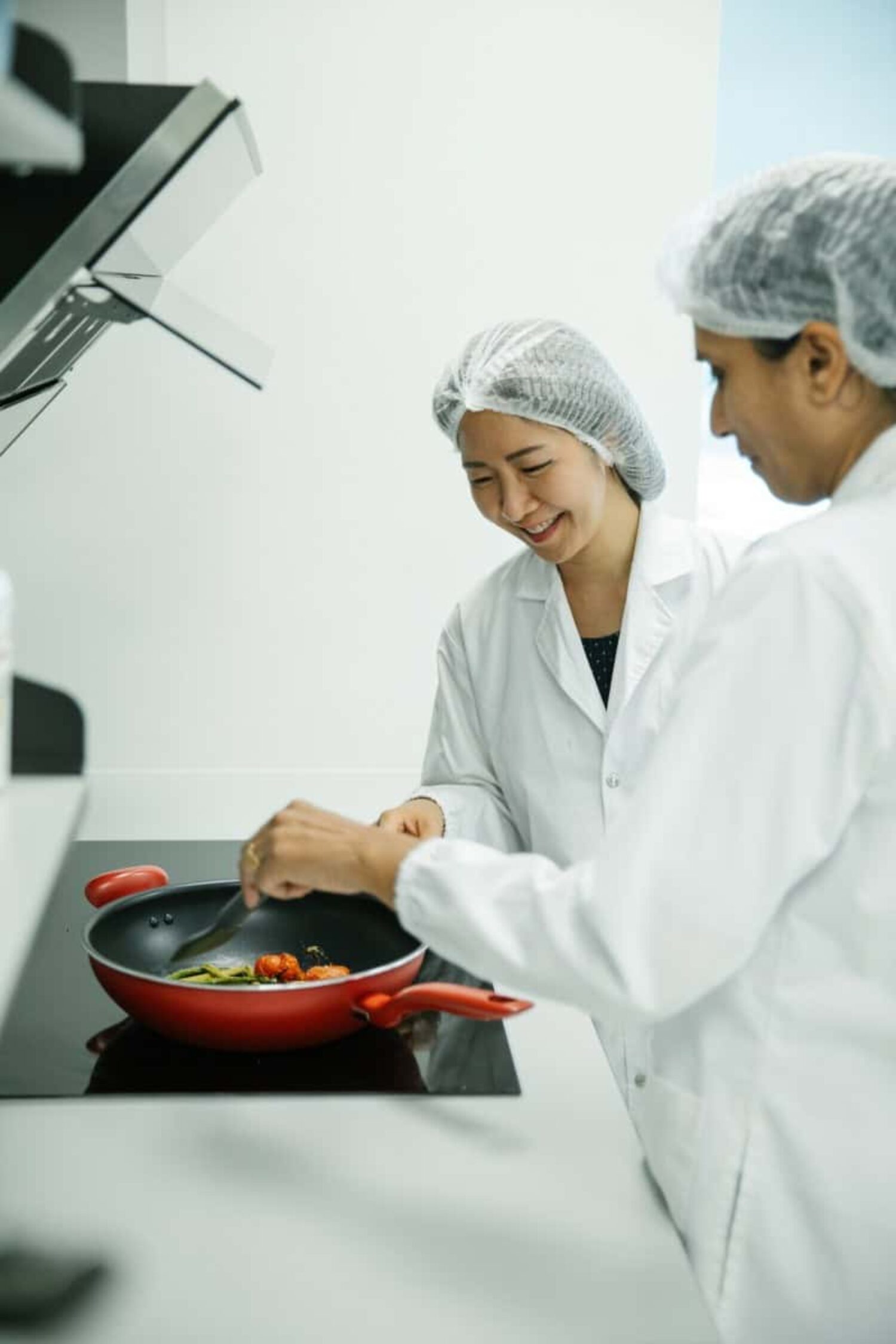
“We can no longer rely on the traditional ways of preparing food. We need to diversify,’ Chan says to positive news
But Chan felt it was inevitable that cultured meat and fish would become a dietary staple. Final costs and prices will decrease in scope, reaching price parity with conventional products as early as 2026, she says. As with the renewable energy boom, early adopter climate-conscious consumers will mobilize a move to the mainstream. Consumption habits will gradually change – with the right incentives. Plant-based fake meats are also paving the way for newer (ie lab-cultured) alternatives, though The latest drop in sales. It’s not only possible for alternative proteins to become a dietary ingredient, Chan says. It is a necessity.
“Right now, governments can’t avoid looking at alternatives,” says Chan. “We can no longer rely on the traditional ways of preparing food. We need to diversify. We need to find new ones.”
Three ways to support the rise of alternative proteins
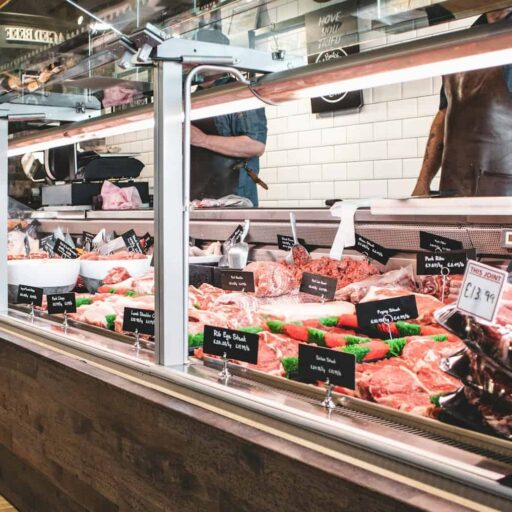
Chan suggests that it would be useful for people to get a real handle on the current state of food production to understand the need for change. “Usually we don’t even think about it,” she says. “If you spend time learning how conventional meat is produced, it is very easy to come to the conclusion that existing methods are not sustainable. That way, when you are offered an alternative, you will be more willing to accept it.”
Photo: Kyle Mackey
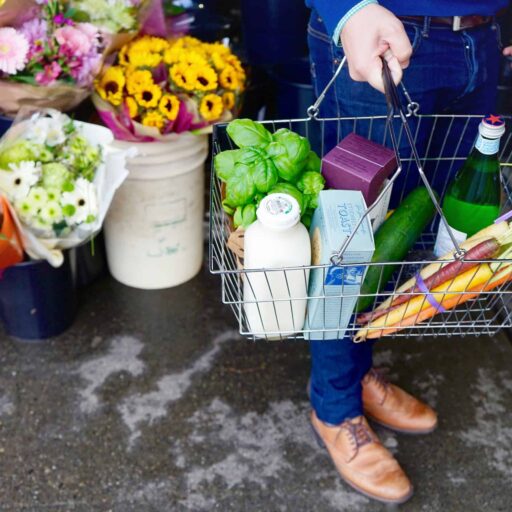
Emissions transparency levels the playing field and means we can make informed choices about the sustainability of the foods we eat. Two thirds of Europeans want climate labeling, according to Research by the European Institute of Innovation and Technology of the European Union, which is an index Already reviewed by the US Congress. “Consumers need to be guided,” says Chan. “Currently there are no clear guidelines for the sustainability-conscious buyer.”
Photo: Tara Clark
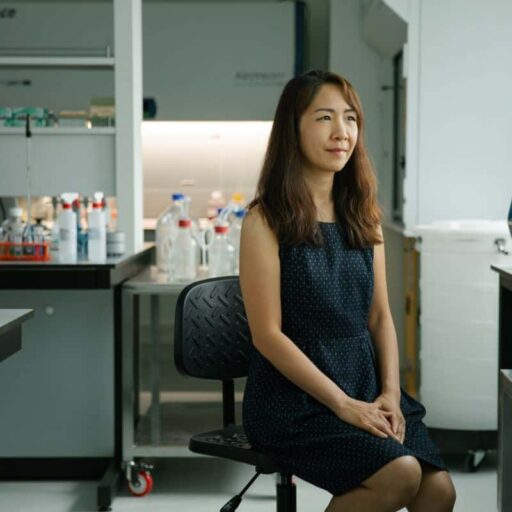
“Support anyone who explores unconventional ways of preparing food,” suggests Chan. “It won’t kill you to try something new, and you might even like it. Stay open-minded to different types of food—that’s the only way our supply systems will change.”
This article is part of Positive Tipping Points, a series about people discovering ways to enact significant positive change and the climate crisis. Produced by Positive News in association with Imagine5.
Main photos: Juliana Tan
Help us break the bad news bias
Positive news helps more people than ever to have a balanced and uplifting view of the world. While doom and gloom dominate other news channels, our solutions journalism exists to support your well-being and empower you to make a difference for a better future. And as the audience and impact of positive news grows, we show the rest of the media that the good news matters.
But our reporting comes at a price, and as an independent, non-profit media organization, we rely on the financial backing of our readers. If you appreciate what we do and can afford it, consider making a one-time or regular donation as a supporter of positive news. From £1 a month, you’ll directly fund the production and sharing of our stories – helping them benefit many more people.
Join our community today, and together we will change the news forever.
Support for positive news

